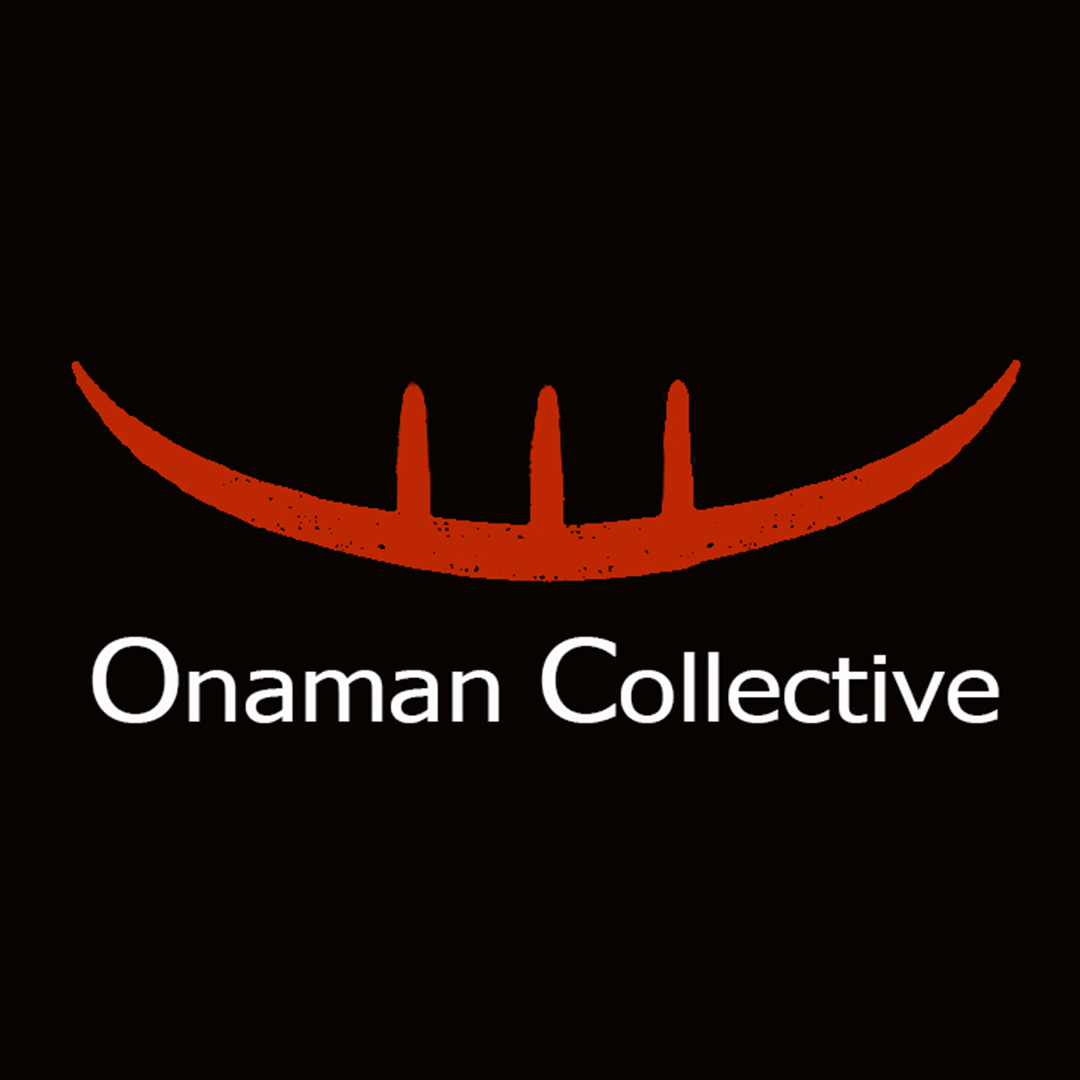Early in 2023, students and passersby at Fauteux Hall, home of the University of Ottawa’s Faculty of Law, were witness to the creation of a new piece of Indigenous art in the form of a large, almost floor-to-ceiling mural depicting two spirited beings under water. Created by Indigenous artists Christi Belcourt and Isaac Murdoch from the Onaman Collective, and prominently displayed in the busiest section of Fauteux Hall’s third floor, the mural represents Anishinaabe teachings and legal principles relating to nibi (water), while also serving as a reminder to all visitors to Fauteux Hall of the importance of Indigenous laws and legal traditions.
“The mural is an opportunity to bring Indigenous laws and legal orders and Indigenous methodologies into a law school,” says Professor Aimée Craft, who helped lead and coordinate efforts to create the work of art. “The mural itself is a depiction of Anishinaabe water law, Anishinaabe nibi inaakonigewin. It is showing us about those spirited beings that are part of the water, that are looking after the water, that are taking on that responsibility. And in some ways, it’s an invitation into that space of being water protectors.”
The mural serves as a launching point to talk about Indigenous legal traditions relating to water, but also to explore more generally our relationship with lands and waters, and to experience how Indigenous laws are rooted in relationships and the goal of collective well-being.
The Truth and Reconciliation Commission’s Call to Action #28 calls upon law schools to expose law students to Indigenous laws and legal traditions, and to increase offerings related to Indigenous learning and legal orders, as well as intercultural competencies. “I think this mural demonstrates not only the interconnectedness of different spaces, but the decolonization of the law school,” says Kristen Boon, Susan & Perry Dellelce Dean of the Common Law Section.
“This is part of our commitment as a Faculty to recognizing the presence and importance of Indigenous laws, Indigenous legal orders, and the presence of First Peoples within the Faculty; to value their contributions to law, and to allow students to have access to this knowledge,” says Marie-Eve Sylvestre, Dean of the Civil Law Section.
The mural will serve as a way of communicating to all who visit Fauteux Hall that Anishinaabe law is not only for Anishinaabe people; rather the mural asks all who look upon it to engage in their role as water protectors. As Professor Craft explains, the mural is a gift from the artists of their talent, their vision, their art, their knowledge and their teachings in relation to water. “They’ve given us the story of these two spirited beings that are looking after the water and that are calling us – they’re engaging us and saying you also have responsibilities in relation to water.”
The Faculty of Law offers its sincere thanks to artists Christi Belcourt and Isaac Murdoch for the wonderful gift they have given to the law school and to all who pass through it.
Interviews for this video were captured by Jurivision and by Jonathan Ventura, Media Coordinator for the Decolonizing Water Project. Additonally, Shaun Elie assisted with capturing the timelapse footage featured in the video.

